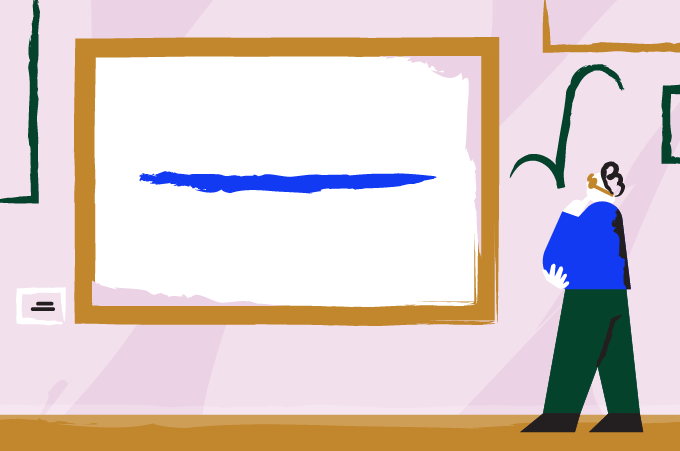


You can use them or you can use your own. Here are my ten statements for this song. For instance, in a group of 5 students, if 3 students display letter “T” and 2 students display letter “F”, the group answer will be “T” for true. The most popular answer in each group of students will be the group final answer. Read your first statement and ask the students to choose “F” or “T” and show it clearly by holding the piece of paper and raising their hands. Ask each student to get two pieces of paper and write a big “F” (for false) and a big “T” for true on each. You will be reading some statements and they will have to decide if, according to the lyrics they have just read, those statements are true or not. Then set up groups of students (preferably uneven numbers if possible) and ask them not to look at the lyrics anymore. Tell them that they will be doing an activity based on the song lyrics but do not reveal any more details at this stage. Give them about ten minutes or so and circulate to provide help with difficult words. Have students read the lyrics of the song by providing enough printed copies or by having your students look for the lyrics on their phones. I will be using a classic ESL song: Our House by Madness. Having said so, I love working with songs and here I am going to share a reading activity in connection with song lyrics, as lyrics are an excellent reading source. In addition, one has to deal with the actual “background noise” produced by the musical instruments. If what we are intending is to test understanding or train students’ ears, songs do not make the best listening material, as syllables are sometimes oddly lengthened to best suit the phrases. I am not a great fan of gap-filling tasks to go with songs.


 0 kommentar(er)
0 kommentar(er)
